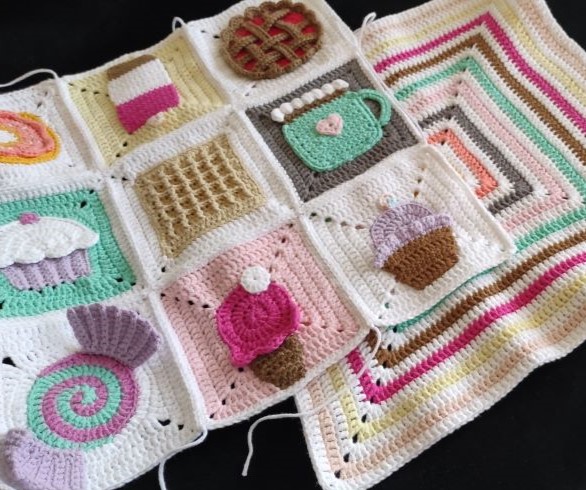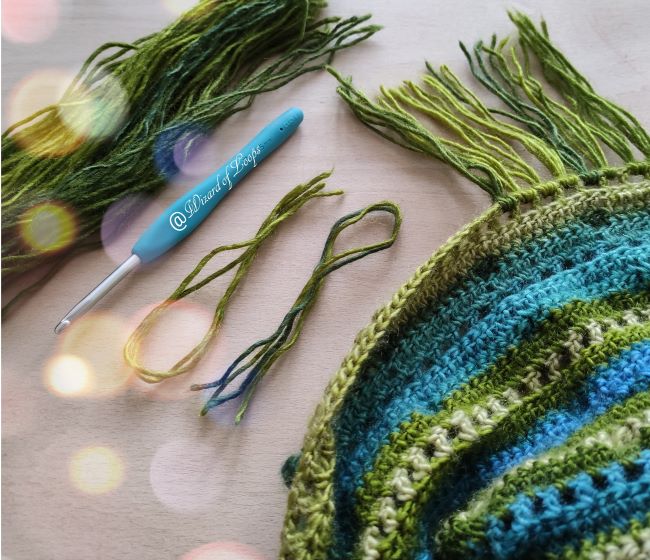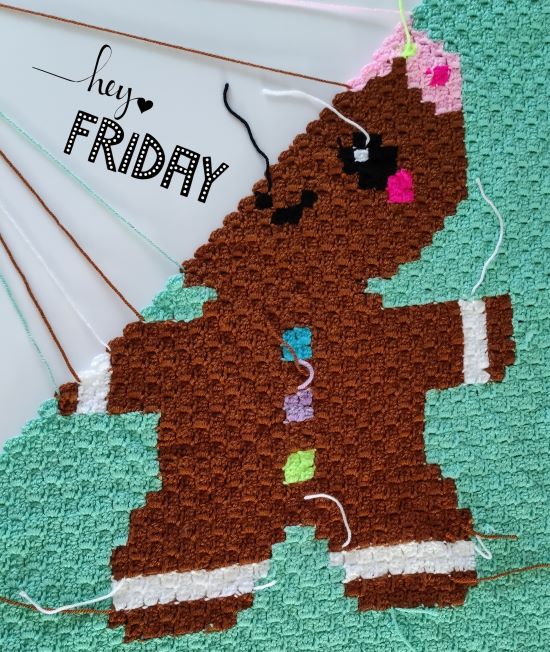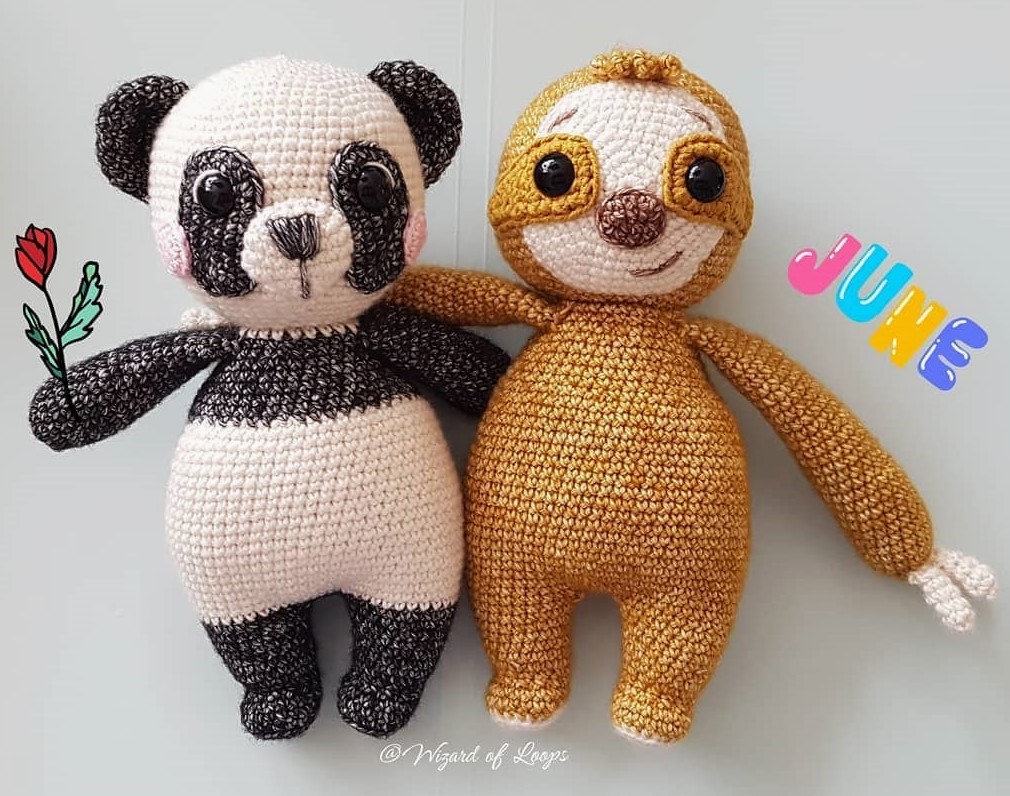
In a fast-paced, often overwhelming world, the simple act of crocheting holds power—power to calm the mind, to connect people, and perhaps most beautifully, to make a difference. Crochet has long been a beloved craft for personal relaxation and creative expression, but it also serves a far greater purpose when used for charitable giving. Crochet for Charity brings together the comfort of handmade items and the heart of giving. Whether it’s a soft hat for a newborn or a plush toy to lift a child’s spirits, every stitch becomes a thread of kindness.
This article explores what charity crochet is, why it matters, and how you can get involved to make a tangible difference with your hands and your heart.
What Is Charity Crochet?
Charity crochet refers to the practice of crocheting items that are donated to individuals, communities, or nonprofit organizations in need. It’s a way for crafters to use their skills and materials to bring warmth, comfort, and hope to others.
Projects may be small or large, simple or intricate, but the intention behind each one remains the same: to give. From hats and scarves for the homeless, to comfort dolls for children in hospitals, to prayer shawls for hospice patients—charity crochet transforms yarn into love in its most tangible form.
Why Charity Crochet Matters
1. It Fills Real, Physical Needs
Handmade crochet items can be vital in meeting basic needs. For someone experiencing homelessness or living in a shelter, a warm hat or blanket can provide both physical warmth and emotional care. For premature babies in a NICU, a tiny soft hat can help regulate body temperature. These simple items often become symbols of hope in the most vulnerable moments of a person’s life.
2. It Offers Emotional Support
Beyond physical needs, crochet brings comfort. The time, care, and intention put into a handmade item can uplift someone’s spirits and remind them that they are seen and valued. A chemo cap made for someone undergoing cancer treatment isn’t just a piece of headwear—it’s a message that someone, somewhere, is rooting for them.
3. It Builds a Sense of Purpose for the Crafter
Charity crochet also benefits the maker. For those facing isolation, grief, or mental health challenges, the act of creating for others can provide a renewed sense of purpose and connection. Knowing that your work will help someone else creates a powerful motivation and emotional boost.
Common Crochet Projects for Charity
There’s no shortage of creative and meaningful ways to use your crochet skills for a good cause. Charity crochet projects range from practical to heartwarming, each one bringing comfort, warmth, or joy to someone in need. Here are some of the most common and impactful items you can make and donate:
- Hats and Beanies
- Provide warmth to people experiencing homelessness
- Soft, seamless versions are ideal for cancer patients undergoing chemotherapy
- Baby beanies help premature infants regulate body temperature
- Amigurumi and Comfort Toys
- Soft, child-safe stuffed animals and dolls bring comfort to children in hospitals, foster care, or crisis centers
- Often used by trauma response teams and social workers to calm children in distress
- Scarves, Mittens, and Gloves
- Essential in winter for individuals in shelters or on the streets
- Commonly included in seasonal donation drives or cold weather kits
- Matching sets offer an extra touch of thoughtfulness
- Baby Blankets, Booties, and Preemie Hats
- Widely appreciated by neonatal intensive care units (NICUs)
- Help comfort premature babies and support overwhelmed parents
- Made with soft, breathable, hypoallergenic yarn
- Lapghans, Throws, and Shawls
- Ideal for elderly individuals in care homes or hospice
- Provide physical warmth and emotional comfort
- Prayer shawls are sometimes made with meditative or spiritual intentions
- Pet Blankets, Beds, and Toys
- Donated to animal shelters and rescue organizations
- Help pets feel more comfortable in cages or kennels
- Toys like rope tugs or catnip mice can provide stimulation and comfort
- Back-to-School Supplies
- Pencil cases, drawstring bags, and water bottle holders
- Helpful for students from underserved communities
- Can be included in school supply drives or backpack giveaways
- Socks and Slippers
- Cozy, warm, and appreciated by seniors, hospital patients, or those in cold climates
- Non-slip features can be added for safety, especially in care facilities
- Take more time to make but offer high value and comfort
Where to Donate Crochet Items
There are many wonderful organizations that accept and distribute handmade crochet donations. Some are international, while others work locally. Here are a few trusted options:
Hospitals & Cancer Centers
Reach out to local medical centers, children’s hospitals, or hospice programs. Many accept hats, baby items, or comfort shawls, though some may have health and material guidelines.
Project Linus
An organization that donates handmade blankets to children who are seriously ill, traumatized, or in need. Both knit and crochet blankets are welcome.
Octopus for a Preemie
This project sends crocheted octopuses to neonatal units. The tentacles mimic the umbilical cord, which can comfort premature babies and reduce the risk of them pulling on tubes.
Local Shelters & Outreach Programs
Women’s shelters, homeless shelters, refugee centers, and warming centers often welcome donations of hats, scarves, and blankets.
Animal Shelters
Contact local humane societies or rescue organizations to see if they accept pet blankets or toys.
Crochet for Charity: Tips for Donating Crochet Items
Donating handmade crochet items is a wonderful way to give back, but it’s important to ensure that what you give is safe and in line with what organizations actually need. A little planning and attention to detail can make a big difference in how your donation is received and used. Here are some helpful tips to guide your charitable crafting:
Reach out and ask: If you’re unsure what’s needed, a quick phone call or email can clarify current needs and help you avoid wasting time or materials.

Use the Right Materials
Choose washable yarns: Most organizations request items made from machine-washable yarn, such as acrylic or cotton. These materials are durable, hypoallergenic, and easy to care for.
Avoid wool unless requested: Wool can cause allergic reactions or skin irritation, especially for babies or those undergoing medical treatment.
Use soft, comfortable textures: Especially for baby items, chemo caps, or shawls—anything that touches sensitive skin should be gentle and non-scratchy.
Follow Organization Guidelines
Check specific requirements: Every organization has its own rules for what they can and cannot accept. These might include color preferences, item sizes, approved patterns, or yarn types.
Review health and safety policies: Some hospitals or shelters require items to be made in smoke-free, pet-free homes due to health concerns.
Use approved patterns when required: Some projects (like NICU octopuses or toys for children) may require tested patterns for safety reasons.
Stick to Practical Sizes and Styles
Avoid overly large or heavy items: These can be difficult to store, ship, or distribute. Smaller items are often more versatile and easier for organizations to manage.
Keep it simple and functional: Focus on clean, strong stitching and straightforward construction. While decorative touches are lovely, prioritize comfort, safety, and durability over embellishment.
Add a Personal Touch—Mindfully
Include a kind note (if allowed): A short message like “Made with love just for you” or “You’re in my thoughts” can bring a smile and emotional comfort.
Avoid overly personal information: Stick to warm, universal messages unless the organization asks for specific notes.
Securely attach notes: Use yarn ties or safety pins—never straight pins or staples, which can be dangerous.
Make Sure Items Are Clean and Finished
Wash before donating (if needed): Especially if you’ve handled the item over time or if it’s for a sensitive group like infants or cancer patients.
Weave in all loose ends: Secure and trim excess yarn tails to prevent unraveling or choking hazards.
Avoid strong scents: Skip perfume, fabric softener, or scented detergent, which may trigger allergies or discomfort.
Package Items Neatly
Group similar items together: This helps volunteers sort and distribute more efficiently. Label packages if you’re donating different types or sizes.
Use sealable bags or clean containers: Protect your donations from moisture or dirt in transit. This is especially important if mailing.
Include a list or inventory: Some organizations appreciate a note summarizing what you’ve donated and how many of each item.
Be Aware of Timing and Seasonality

Plan ahead for winter drives: Start scarves, hats, and blankets in late summer or early fall so they’re ready when demand is highest.
Check for deadlines: Some groups only accept donations at specific times or organize seasonal campaigns.
Donate year-round if possible: While cold-weather items are seasonal, hospitals, shelters, and care centers often need comfort items any time of year.
Consider Local Needs First
Start in your community: Local shelters, hospitals, and nonprofits may be in urgent need and easier to reach. Local donations reduce shipping costs and support your neighbors directly.
Crochet for Charity Communities
One of the joys of charity crochet is joining a larger movement of compassionate crafters. There are many ways to connect with others who share the same mission:
- Local Crochet Groups or Guilds – Many groups host charity drives and events throughout the year.
- Online Forums – Communities like Ravelry, Reddit’s r/crochet, or Facebook crochet groups often organize donation projects.
- Instagram Challenges – Themed hashtags and seasonal charity projects offer fun ways to participate and spread awareness.
These communities offer support, encouragement, and sometimes even free patterns tailored for charitable giving.
The Personal Rewards of Giving Through Crochet
Charity crochet is not just about helping others—it’s also deeply fulfilling for the maker. It offers:
- A sense of purpose during uncertain times
- Calm and mindfulness through repetitive motion
- Connection to community and shared values
- Pride in making something meaningful with your hands
Many people find that giving their time and talent through crochet is one of the most rewarding things they can do. The knowledge that your creation could warm someone’s body—or heart—adds a deeper meaning to every stitch.
Crochet for Charity: Getting Started
You don’t need to be a crochet expert to begin making a difference. Here’s how to get started with charity crochet:
- Choose a project that speaks to you—whether it’s baby hats, pet blankets, or warm scarves.
- Find a trusted organization or local group that accepts handmade items.
- Gather your materials using soft, durable yarn suited to the project.
- Start stitching—no act is too small.
- Share the experience—with friends, online, or at community events to inspire others.
Conclusion: Stitching Kindness into the World
Crochet may seem like a quiet, personal craft—but in the hands of someone with heart, it becomes a tool for healing, hope, and human connection. Charity crochet is a powerful reminder that generosity doesn’t require grand gestures—just time, yarn, and the willingness to give.
Each stitch becomes an act of love. Each item becomes a symbol of care. And together, countless crafters across the world are warming bodies, lifting spirits, and reminding people everywhere: you are not alone.
